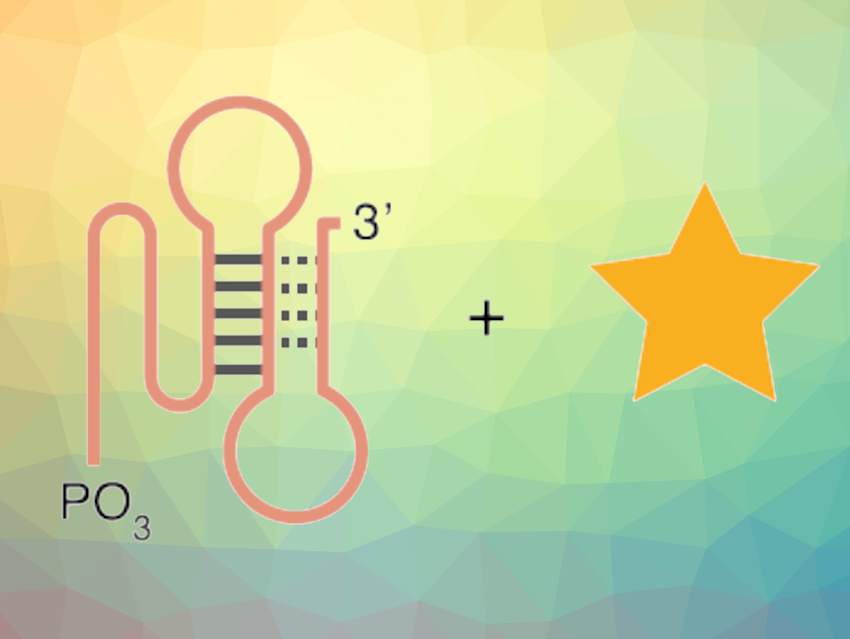Deoxyribonucleic acid enzymes (deoxyribozymes or DNAzymes), i.e., DNA oligonucleotides that can promote specific chemical reactions, are powerful research tools because of their functional diversity, stability, and synthetic accessibility. In addition, their functions can be readily modified by artificial evolution.
Edward A. Curtis and colleagues, Institute of Organic Chemistry and Biochemistry (IOCB) of the Czech Academy of Sciences, Prague, have developed a DNAzyme that catalyzes a chemiluminescent reaction. The starting point was a 1,2-dioxetane substrate called CDP-Star. In its phosphorylated form, CDP-Star is stable. However, when it is dephosphorylated, it decomposes and light is produced. Artificial evolution was used to search a library of 1016 DNA sequences for DNAzymes that transfer the phosphate group from CDP-Star to themselves (pictured below). A DNAzyme which the team named Supernova produced light 6,500 times more efficiently than the background reaction.

A programmable version of Supernova was also constructed, which only produced light in the presence of a DNA molecule complementary to its 3’ end. This shows that Supernova can be used to detect ligands in solution without the need for wash steps or biochemical purification. The researchers believe that such sensors could be particularly useful for applications such as point-of-care assays and high-throughput screenings.
- Supernova: a deoxyribozyme that catalyzes a chemiluminescent reaction,
Katerina Svehlova, Ondřej Lukšan, Martin Jakubec, Edward Curtis,
Angew. Chem. Int. Ed. 2021.
https://doi.org/10.1002/anie.202109347




